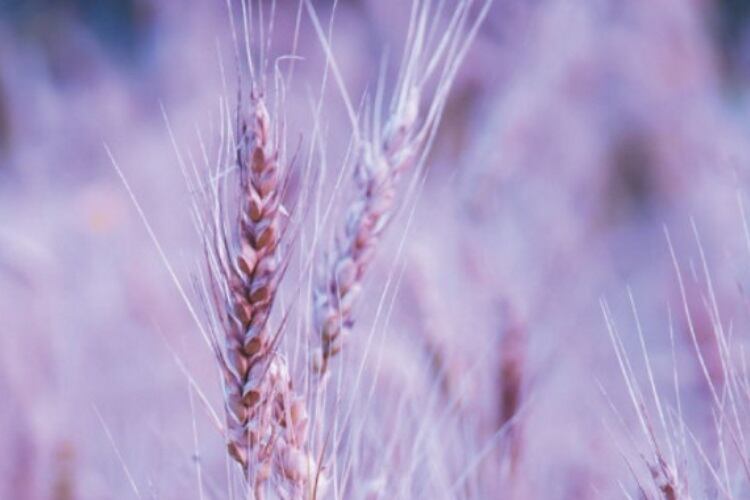Durum wheat is mainly used in pasta, but also for bulgur, couscous, frekeh, puffed cereals and, in the Middle East and North Africa, various types of bread.
Although Mintel reported the CAGR for pasta between 2011 and 2015 was down 2% in Italy – with 23% of the country’s consumers saying they are limiting the amount of pasta for health reasons – the durum wheat processing industry is relishing new innovations, which are expected to rekindle consumer interest.
These include a soft durum (for possible applications in biscuits and noodles) and a purple durum wheat (to increase anthocyanins).
There are several reports on the health preventing properties of anthocyanins on diseases like cardiovascular diseases, some types of cancers, diabetes, allergies and osteoporosis.
Enriched bread from purple durum wheat increased the anthocyanin levels, and had a pleasant aroma and good taste.
Rich in protein
Durum – also called pasta wheat or macaroni wheat – is a tetraploid (28 chromosomes) wheat, versus other wheats’ hexaploid (42 chromosomes).
It is the second most cultivated species of wheat after common wheat, although it represents only 5% to 8% of global wheat production.
It is often considered one of the most nutritionally significant form of wheat, being rich in protein, minerals and vitamins.
According to International Grain Council (IGC) data, global durum wheat prodution is gradually increasing, driven by the growing number of consumers opting for whole grain flour.
IGC figures show global production reached 40.7 million tons in the 2016/2017 season, up from 35.4 million tons in the 2010/11 season.
The top producers are the 28-country EU with 9.5 million tons, followed by Canada with 7.8 million tons.
Italy is the largest customer of Canadian durum, however, exports dropped sharply after Italy enacted protectionist regulations requiring county of origin (COO) labeling last year.
Permitted content
Meanwhile, the European Commission recently announced it had made an amendment to the rules regarding the permitted content of other cereals in durum wheat products.
The Commission included a new paragraph to Article 64(4) of the Agriculture Act stating durum wheat meal may contain the maximum of 3% of other wheat-milled products.
Studies:
Use of purple durum wheat to produce naturally functional fresh and dry pasta
Authors: Ficco DB, De Simone V, De Leonardis AM, et al.
Food Chem. 2016 Aug 15;205:187-95
doi: 10.1016/j.foodchem.2016.03.014
Production of anthocyanin-enriched flours of durum and soft pigmented wheats by air-classification, as a potential ingredient for functional bread
Authors: Donatella Bianca Maria Ficcoa, Grazia Maria Borellia, Valentina Giovaniello, et al.
Journal of Cereal Science, Vol 70, January 2018, pp 118-126
doi.org/10.1016/j.jcs.2017.09.007
Anthocyanins: Nutrition and Health
Bioactive Molecules in Food, August 2018, pp 1-37
Authors: Iva Fernandes, Cláudia Marques, Ana Évora, et al.


